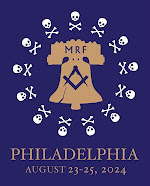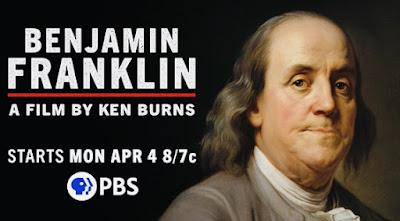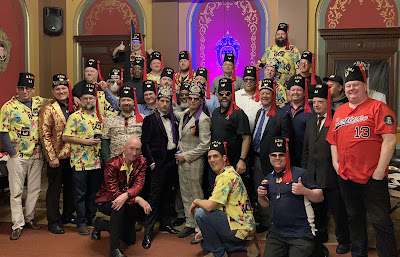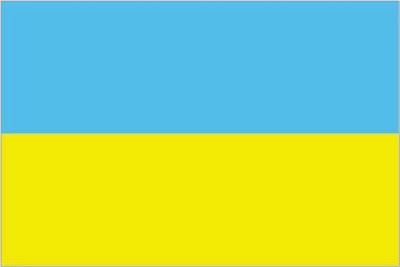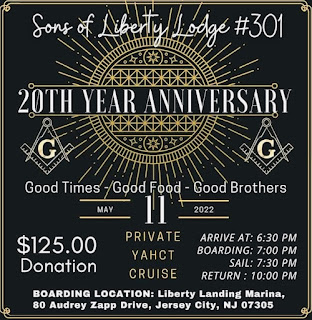The Contemplative Lodge: A Manual for Masons Doing Inner Work Together by C.R. Dunning, Jr.
Stone Guild Publishing, 2021, 312 pages, paperback, $14.95
This reviewer must begin with a disclaimer: He purported to speak to Masonic audiences in recent years on mindfulness techniques for lodge life, but he would have been far better equipped had he been able to digest the contents of this brand new book.
The Contemplative Lodge by C.R. “Chuck” Dunning is a companion to his Contemplative Masonry from 2016.Where the latter guides a Freemason on how to adapt Masonic ritual and symbol for personal meditative purposes, the new book serves as a lodge of instruction,uniting groups of brethren in prayer, meditation, breathing exercises and other mindfulness habits conducive to Masonic labors. Dunning has been writing on these subjects for decades. In his professional career in higher education and mental health, as well as in Freemasonry, he teaches meditation techniques to groups and individuals. He was raised to the Sublime Degree in 1988, and he is very well known around the United States as a Masonic educator and author.
The Contemplative Lodge is understood in two denominations: First, its three chapters, spanning about 100 pages, beautifully explain how and why Masonic lodges can add a previously unknown reward to their work by embracing meditative techniques. It’s not that the author reinvents Masonry as meditation class as much as he directs our attention to what already is in the language and symbols we know so well. The ensuing two-thirds of the book offer four appendices that provide the actual instruction on meditation, chanting, energy work, and more.
The opening chapter forcefully argues the belief that Masons are taught repeatedly to work together. Dunning quotes from the three degrees and from authors of classic and contemporary books not to point out the obvious, but to find context for his vision of the lodge as a contemplative group. He cautions us against overzealousness in advocating for contemplative practices; admonishes us to not see these practices as hallmarks of an elite Freemasonry; and reminds us that every Mason is to be respected and loved even if these meditative techniques do not interest him. In short, he says, proper applications of the Compasses, Level, and Trowel.
One of the highlights of the second chapter is in Dunning’sexplanation of Masonic ritual work as a group contemplative act. “The entire process of preparing for and opening a meeting or ceremony is a series of exercises in establishing a proper atmosphere and attitude for each participant to become more fully aware of the ritual’s multilayered symbolism in words, images, and actions,” he writes. “In turn, the specific form of a given meeting or ceremony makes use of numerous methods to draw attention to particular focal points, stimulating the psyche to dwell on their potential meanings in one’s life.” While a certain kind of Mason would say “Yes, of course,” it is true that most Masons would find that statement revelatory.
Chapter Three is for the Master of the lodge. Dunning acknowledges the need for common sense management of our fraternity’s worldly business, but his trestle board really teaches how a Worshipful Master’s duties are mentoring as an initiator, mentoring as a teacher, and mentoring as a companion. Familiar concepts, yes, but he presents them in an alternative understanding.
Those four appendices contain the marrow, giving step-by-step instruction for the willing lodge. If the reader accepts Dunning’s proposition that the Masonic lodge’s speculative teachings and ritualized activities are meant for more than memorization and even study for comprehension, then it becomes plain to see how speculation and reflection produce a “focused, peaceful, and harmonious state of mind” in the present moment.
One section presents Eight Steps of Guided Meditation, useful whether addressing one individual or a group. There also are various scripts one may follow to facilitate group meditations. These center on very familiar Masonic symbols and other elements, such as the Gavel, the Blazing Star, the Mystic Tie (naturally), and Jacob’s Ladder.
Pages are devoted to Silent Sitting, which is not as simple as you might think. Conversely, the Chanting Meditations set certain melodic words to labor as intonations that can only cure any emotional or psychological mood that otherwise may spoil a brother’s time in lodge. (Your reviewer can vouch for this thanks to work in an esoteric order where this sort of chanting induces a gentle euphoria. He is smiling involuntarily now merely from thinking about it.)
I would prefer to quote extensively from The Contemplative Lodge, but I’ll just delve into Energizing the Plumb Line on Page 251: First, extensive breathing exercises defeat any tension there might be throughout the body until a rhythmic respiration calms the mind. Then, the participants are instructed to “imagine a plumb line, a small straight line of brilliant white light running into the top of your head from the highest heavens, and down through your body into the depths of the Earth…like a magnetic or electrical current flowing…. Feel the pure white light as warm, cleansing, healing, and energizing.” After further instruction, participants are to “stop circulating the energy and breathe naturally, continuing to imagine the brilliant white plumb line running through your body between the highest heavens and the center of the Earth. Attend to any effects this work has on your body, emotions, and thoughts.” You may never see the jewel of the Junior Warden, who governs the time of refreshment, quite the same way again.
For the Freemason who views his Craft as a mystery school, The Contemplative Lodge delivers essential vindicating reading, while the brother for whom Masonry is a fraternity can enhance his profit and pleasure through Dunning’s instructive emphasis on how brethren can achieve inner work together. All the brethren can dwell together in unity.




























